The Muse at Naintré
Oil on canvas (relining)
Titled, dedicated and signed lower left LA MUSE À NAINTRÉ / À RODOLPHE SALIS / HENRICUS
150 x 200 cm
Provenance: Rodolphe Salis, Naintré (gift from the artist)
Jean Salis, Naintré (by descent)
Private collection, Naintré
Private collection, Aix-en-Provence
Note: the painting was commissioned by Rodolphe Salis, famous founder of the cabaret Le Chat Noir, to decorate his castle of La Tour de Naintré in the Vienne.
Jacob Henricus Maris, famous Dutch landscape painter and one of the leading exponents of the Hague School, steps out of his usual register here. Indeed, during his long stay in France between 1865 and 1871, and on various subsequent trips, he made friends with numerous painters and artists. These included Fantin-Latour, Corot, Stevens and ... Rodolphe Salis, the famous founder of the no less famous cabaret Le Chat noir, whose mascot, if not the cabaret itself, can be seen nonchalantly reclining behind the base of the cross. Salis was a native of Châtellerault, very close to Naintré, and in 1892 bought the Château de la Tour de Naintré for his retirement, which can also be seen in the background of the painting at top left. He commissioned two works from Maris to decorate his country home: the first is a copy of Willette's Adoration of the Golden Calf, now in the Musée de Châtellerault, and the second is none other than our painting.
This highly symbolic, or symbolist, work contains many elements: the depiction of its commissioner's native land, and of his final resting place since he died there, but above all a skilful blend of winks and melancholy sauciness.
There are numerous allusions to the famous Montmartre cabaret: the tomcat lying at the foot of the stele, of course; the irruption of the naked young woman, who refers to a plaster statue of Diana after Houdon that used to hang in the cabaret's entrance; and last but not least, the obvious Gaulishness that was bound to flesh out the drunken evenings that took place there. In a sort of buffoonish but sensitive reworking of Millet's Angelus, a naked young woman replaces a fallen cross and appears like the Holy Virgin to a hard ploughman ... On its pedestal we read: O CRUX AVE. In Gallic: “Je te salue Ô Croix” (“Hail O Cross”). Painted by a pious Dutch Protestant, the scene is not lacking in piquancy. The naked woman, symbol of pleasures, replaces the suffering Christ, symbol of pain and sacrifice, but by replacing him she herself becomes the Cross, which Man must carry after his hard labor... Women will tell you that they suffer under our yoke, and they won't be wrong either! At Le Chat Noir in any case, the walls still resonate with the sound of happy masses, whose aftermath is often quite melancholic.....

























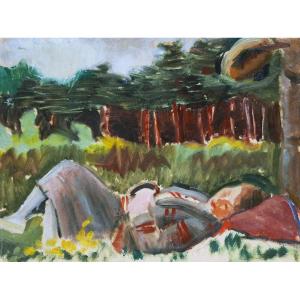
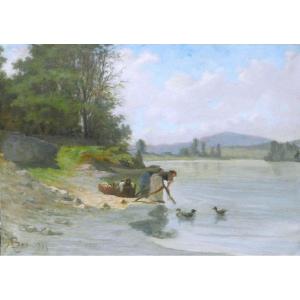
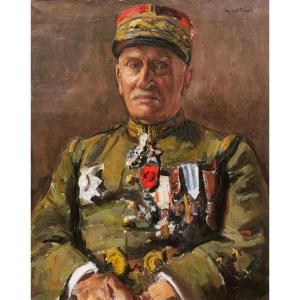

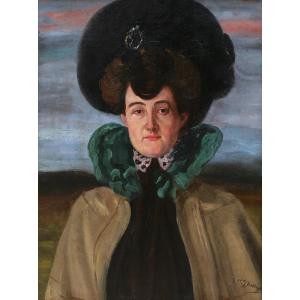
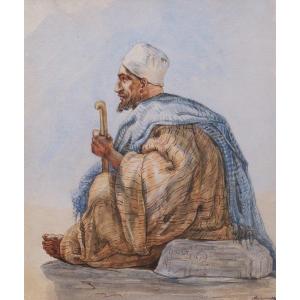




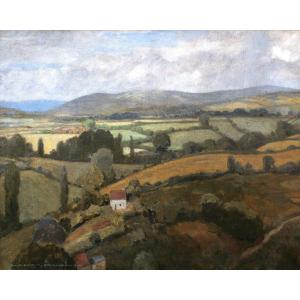
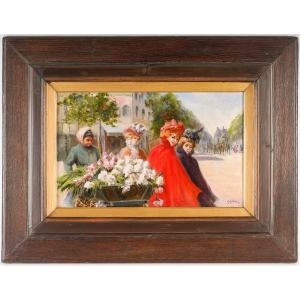

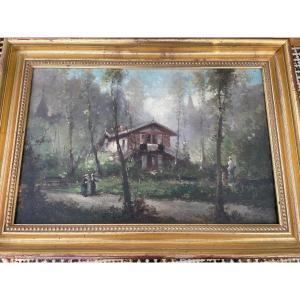
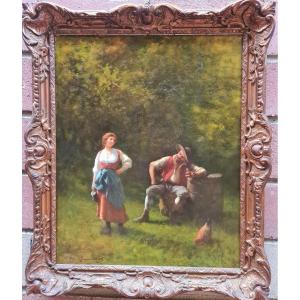




 Le Magazine de PROANTIC
Le Magazine de PROANTIC TRÉSORS Magazine
TRÉSORS Magazine Rivista Artiquariato
Rivista Artiquariato